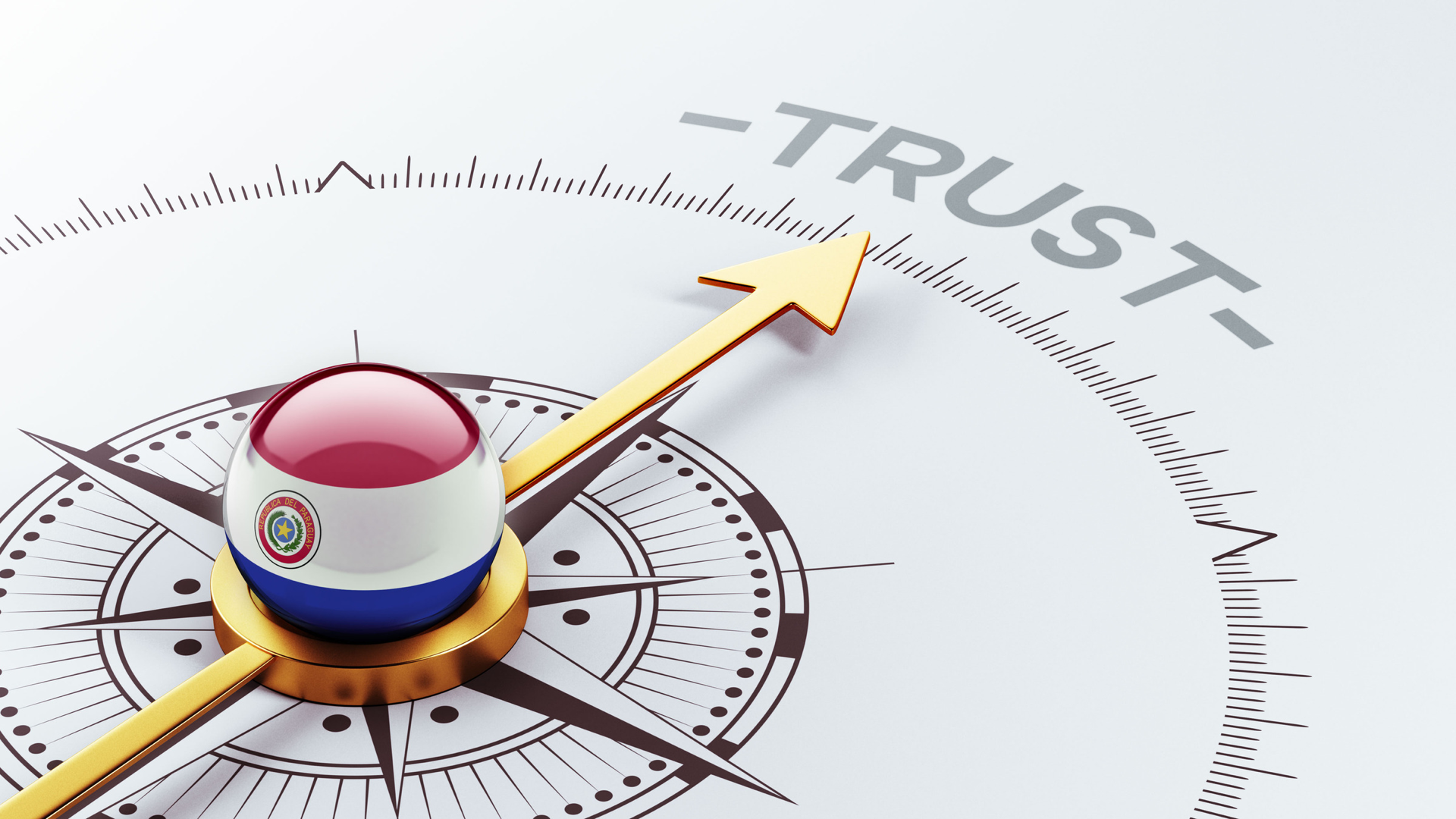I once heard the phrase, “Good manners will open doors that the best education cannot.” I never fully grasped its power until I witnessed a brilliant, highly qualified colleague get passed over for a promotion. Why? He had a habit of constantly interrupting people in meetings. It wasn’t malicious, but it sent a clear message: “My ideas are more important than yours.” That small, repeated breach of etiquette slowly eroded the trust his team had in him.
In today’s incredibly fast paced and complex business world, the unspoken rules of professional behavior, or corporate etiquette, are no longer a soft skill. They are a critical competency. From the way you structure an email to how you listen during a video call, your conduct is a direct reflection of your professionalism. More importantly, it has a profound impact on your career trajectory and the health of your team.
At FocusU, we have had the privilege of working with thousands of professionals, from new hires to senior executives. Across every industry, one truth consistently emerges: individuals who master workplace etiquette are the ones who are trusted, respected, and ultimately, given more responsibility. They build stronger relationships, navigate challenges more effectively, and contribute to a more positive workplace culture.
This guide is designed to be your comprehensive manual for modern corporate etiquette. We will explore the essential lessons in professional behavior, unpack the common mistakes I see people make, and provide practical tips to help you stand out as a polished, respected professional.
What is Corporate Etiquette, Really?
Table of Contents
Let’s first clear up a common misconception. Corporate etiquette is not about being stuffy, overly formal, or memorizing a rigid set of rules from a bygone era.
At its heart, corporate etiquette is the operating system for respect in the workplace. It is a shared set of professional and social skills that allow us to interact with each other effectively, respectfully, and without friction. It is the foundation that makes collaboration possible.
This covers every facet of our work life, including:
- How you communicate: The clarity of your emails, your tone in chat messages, and your presence in meetings.
- How you conduct yourself: Your punctuality, your professional appearance both online and offline, and the way you greet people.
- How you build relationships: Your approach to teamwork, your ability to network authentically, and your respect for cross cultural differences.
In short, etiquette is your professionalism in action. It is the sum of many small behaviors that signal to others that you are considerate, reliable, and trustworthy.
ALSO READ: Etiquette: Lessons In Corporate Behaviour
Why Etiquette is Your Career Superpower in the Modern Workplace
In a competitive talent market, technical skills and qualifications get you in the door. But your professional etiquette is what will set you apart and accelerate your growth. A survey by Accountemps revealed a startling statistic: 80% of executives believe an employee’s etiquette plays a major role in their career success.
Why is it so crucial? Because good etiquette directly fosters:
- Trust and Credibility: When you are consistently respectful of others’ time and opinions, you build a reputation as a reliable and credible professional.
- Psychological Safety: A workplace with strong etiquette is one where people feel safe to speak up, share ideas, and admit mistakes without fear of ridicule. This is the bedrock of innovation.
- Effective Collaboration: Clear communication rules and mutual respect prevent the misunderstandings and friction that can derail projects and create toxic team dynamics.
- A Strong Personal Brand: Your professional behavior is a core component of your personal brand. It tells people who you are and what you value far more powerfully than your resume ever could.
Now, let’s break down the essential lessons for mastering professional behavior in today’s work environment.
The Foundations of Professionalism: The Non-Negotiables
These are the fundamental pillars of corporate etiquette. Mastering them is not optional for anyone who wants to be taken seriously in their career.
1. Punctuality is a Form of Respect
Being on time for meetings and honoring deadlines is not just about good time management. It is a clear and powerful signal to your colleagues that you value their time as much as your own. Chronic lateness, whether to a physical meeting or a virtual one, communicates disrespect.
Actionable Tips:
- The Five Minute Rule: Aim to join any meeting, virtual or in person, five minutes early. This gives you a buffer for any technical glitches or unexpected delays.
- Communicate Delays Proactively: If you are running late, which happens to everyone, send a brief message to the organizer. A simple “Running five minutes behind, my apologies” shows consideration.
- Respect Timelines: Starting and ending meetings on time is crucial. If a meeting is scheduled for 30 minutes, make sure it wraps up on time. This allows everyone to get to their next commitment without stress.
ALSO READ: Time Management
2. Dress for Your Day, Virtually and In Person
The conversation around dress codes has evolved, especially with the rise of hybrid work. “Dressing appropriately” is now less about a specific uniform and more about situational awareness. The goal is to present a professional image that is neat, clean, and respectful of your company’s culture.
Actionable Tips:
- Know Your Audience: Dress for the day you have planned. If you have a client meeting, dress more formally. If it is an internal brainstorming day, a more casual but still professional look might be appropriate.
- Video Call Attire Matters: What you wear on a video call is just as important as what you wear to the office. Avoid distracting patterns or overly casual clothing. Remember that you are representing yourself and your company.
- When in Doubt, Dress Up: If you are ever unsure about the dress code for a specific event or meeting, it is always safer to be slightly overdressed than underdressed.
3. Master the Art of Introductions
A confident and polite greeting sets the tone for any interaction. In our post pandemic world, the traditional firm handshake has become more nuanced, but the principle of a warm welcome remains.
Actionable Tips:
- In Person Greetings: A polite nod, a smile, and clear eye contact are universally accepted. Observe the other person’s cues. If they extend a hand, reciprocate with a firm, brief handshake.
- Making Introductions: When introducing two people, say the name of the more senior person first. For example, “Mr. Senior Executive, I would like you to meet Jane Doe from our marketing team.” Also, provide a brief bit of context to help start a conversation.
- Virtual Introductions: In a virtual meeting, make a point to welcome new participants as they join. If you are leading the meeting, facilitate a quick round of introductions if people do not know each other.
Mastering Digital Communication: The New Frontier of Etiquette
In a hybrid world, the majority of our interactions are digital. This means our ability to convey tone, respect, and professionalism through text is more important than ever. This is the world of digital body language.
4. Professional Email Etiquette
Email remains the primary form of business communication, but it is filled with potential pitfalls. A poorly written email can cause confusion, create frustration, or make you look unprofessional.
Actionable Tips:
- Write Clear Subject Lines: Your subject line should be a concise summary of the email’s content. For example, “Meeting Agenda for Friday’s Project Sync” is much better than “Meeting.”
- Mind Your Tone: Without face to face cues, your words carry all the weight. Avoid using ALL CAPS, as it can be interpreted as shouting. Use exclamation points sparingly. Reread your email before sending to check for an unintentionally harsh or abrupt tone.
- Use “Reply All” with Extreme Caution: Before hitting “Reply All,” ask yourself if every single person on the original email needs to see your response. In most cases, they do not.
- Acknowledge Receipt: A quick “Got it, thank you” or “Thanks, I will review this and get back to you by end of day” is a professional courtesy that lets the sender know their message was received.
Also Read: Active Listening : An Underrated Skill Of 21st Century
5. Instant Messaging Etiquette (Slack, Teams, etc.)
Instant messaging platforms are fantastic for quick collaboration, but their informal nature can sometimes lead to etiquette breaches. The key is to be immediate without being intrusive.
Actionable Tips:
- Respect Status Indicators: If someone’s status is set to “In a Meeting” or “Do Not Disturb,” respect it. Send an email instead, or wait until their status is “Available.”
- Avoid the Wall of Text: Do not send a series of one word messages. Consolidate your thought into a single, well constructed message.
- Use Threads: If you are responding to a specific message in a group channel, use the “reply in thread” feature. This keeps the main channel clean and easy to read.
- Be Mindful of Time Zones: In a global team, be conscious of sending messages to colleagues outside of their normal working hours. Many platforms now offer a “schedule send” feature to help with this.
6. Flawless Video Conferencing Etiquette
Video calls are now a permanent fixture of our work lives. Following a few simple rules can make these interactions smoother and more professional for everyone.
Actionable Tips:
- Prepare Your Tech: Test your camera, microphone, and internet connection a few minutes before the meeting starts.
- Be Mindful of Your Background: Ensure your background is professional and free of distractions. A neutral wall, a bookshelf, or a tasteful virtual background are all good options.
- Mute by Default: When you are not speaking, keep your microphone muted to eliminate background noise.
- Minimize Multitasking: It is very obvious when someone is answering emails or looking at their phone during a video call. Close other tabs and give the meeting your full attention. This is a sign of respect for the speaker.
Creating a Culture of Respect and Inclusion
Modern etiquette goes beyond simple politeness. It is about actively creating an environment where every single person feels valued, respected, and included.
7. Use Inclusive Language
The words we use matter. Inclusive language avoids biases, slang, or expressions that might exclude people based on gender, age, or background.
Actionable Tips:
- Use Gender Neutral Terms: Use terms like “chairperson” instead of “chairman” or “the team” instead of “you guys.”
- Avoid Jargon and Acronyms: When communicating with a broad audience, avoid using technical jargon or acronyms that not everyone will understand.
- Be an Ally: If you hear language that is not inclusive, find a respectful way to address it, either in the moment or privately afterward.
ALSO READ: Building a Culture of DEI
8. Practice Cross Cultural Awareness
In a globalized workforce, you will inevitably work with people from different cultural backgrounds. What is considered polite in one culture might be viewed differently in another. The key is to be curious, open minded, and adaptable.
Actionable Tips:
- Do a Little Research: If you are working with a team from another country, take a few minutes to learn about their general communication styles. Are they direct or indirect? Do they value punctuality highly?
- Listen and Observe: Pay attention to how your international colleagues communicate and adapt your style accordingly.
- Ask Respectful Questions: If you are unsure about a cultural norm, it is okay to ask. A question like, “I’m interested in learning more about the business customs here,” shows respect and a willingness to learn.
ALSO READ: How To Work Cross-Culturally
9. Handle Work Social Events with Grace
Social events are great opportunities for networking, but they are still professional settings. Your behavior at the office holiday party or a client dinner is a reflection of your professional judgment.
Actionable Tips:
- Network Inclusively: Do not just talk to the people you already know. Make an effort to introduce yourself to new people from different departments.
- Avoid Gossip and Oversharing: Keep conversations positive and professional. Steer clear of office gossip or complaining about work.
- Manage Alcohol Responsibly: If you choose to drink, do so in moderation. You are still “at work,” and your professional reputation is on the line.
Common Mistakes and How to Recover Gracefully
Everyone makes mistakes. You might accidentally hit “Reply All” on a sensitive email or show up late to an important meeting. The key is not the mistake itself, but how you handle it. A graceful recovery can actually strengthen your professional reputation.
- The Mistake: You speak over a colleague in a meeting.
- The Recovery: Immediately pause and say, “My apologies, I interrupted you. Please continue.” This simple acknowledgment shows self awareness and respect.
- The Mistake: You forget someone’s name right after being introduced.
- The Recovery: Instead of fumbling, just be honest and polite. “It was so nice to meet you, but I’m afraid your name has slipped my mind. Could you remind me?”
- The Mistake: You send an email with a typo or an error.
- The Recovery: For minor errors, you can usually let them go. For a significant error, send a brief, corrected follow up. “Correction: The meeting is at 2 PM, not 3 PM. My apologies for the confusion.”
ALSO READ: How To Move Beyond Mistakes?
The Takeaway: Etiquette is the Engine of Culture
Corporate etiquette is not about a rigid list of dos and don’ts. It is the conscious practice of respect, awareness, and professionalism. For leaders, HR professionals, and learning and development teams, the central takeaway is this: fostering a culture of strong professional etiquette is not a “nice to have.” It is a strategic imperative.
In a world where teams are more diverse, distributed, and digital than ever before, the small, consistent acts of professional courtesy are what bind us together. They reduce friction, build psychological safety, and create an environment where people can do their best work. Investing in professional etiquette training is an investment in a more productive, collaborative, and positive workplace culture.
Your behavior truly does speak louder than your resume. By consistently practicing these lessons, you not only enhance your own professional image but also contribute to a better workplace for everyone.










